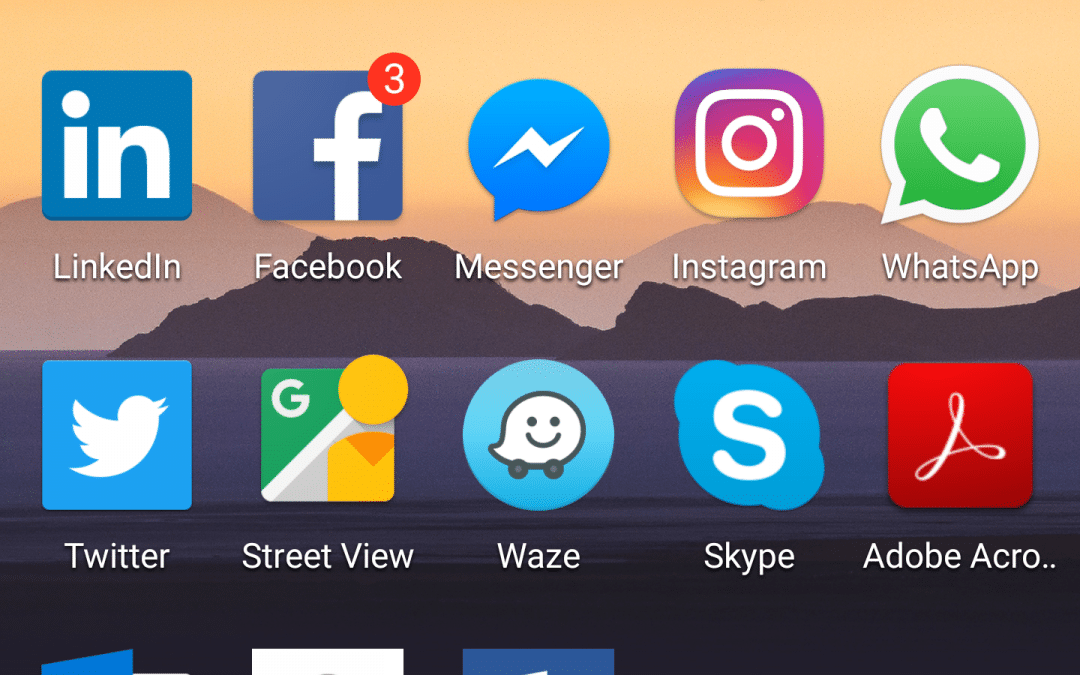When it comes to doing business, important facets such as authenticity form a crucial part of the formula that make a company successful. Even for social media, authenticity might not be a metric or something that is easily measurable but it is no less vital for a brand to remain authentic in its communications and interactions with community members, fans, and prospective customers.
Companies can use analytics and social listening tools to provide content and topics of interest that are most prevalent for their audiences and the industry in which they operate. In addition, they can engage users rather than simply broadcasting and automating messages and posts, which simply serves to inform the community of your lack of effort in connecting with customers.
One area businesses often leverage to remain authentic in terms of their social media platforms specifically, is with regard to using influencers. Influencers usually have a big following on social media platforms and can significantly boost the reach of your brand’s message and posts across all channels.
Authenticity with regards to influencers should emanate from collaborating with people that share the values and beliefs of the organisation that they are going to endorse, and can therefore stay on point or brand with regards to their messaging, topics and posts. For example, a retail company that only rents and sells houses to a list of super wealthy, exclusive clientele cannot create authentic conversation on social if they use a YouTube influencer who became famous and gained a large following for showing people how to renovate and convert old undervalued houses and apartments.
Case in point being clothing and accessories retailer, Gap’s choice of brand ambassador back in 2004, namely Sarah Jessica Parker. Parker was famous for playing Carrie Bradshaw in the TV series Sex and the city, and the character as well as the actress who played her were both associated with expensive, high fashion wear. Gap customers and prospective buyers regarded the appointment and ad campaigns that went along with it to be inauthentic, since Gap positioned itself as a company selling affordable clothing. Parker was ultimately given the boot after sales for the company began to drop.
Furthermore, brands get influencers to endorse or at least showcase their products in two ways – by gifting them with offerings or through paid opportunities. In the case of the former, it normally involves sending them free products in the hope that they can promote these on their channels and in the case of the latter, contracts are drawn up detailing exactly how many posts should be done within what timeframe and include which hashtags.
Authenticity in this regard can also come from the fact that these products should align with the influencer, their messages, posts, and lifestyles. For example, Chanel utilised high fashion bloggers and Instagrammers to bolster awareness and ramp up anticipation ahead of the launch of their Chanel No. 5 L’Eau perfume. These influencers too went on a tour of the factory and shared their favourite photos on social while using two branded hashtags, namely #newchanel5 and #chanelgrasse and obtained phenomenal results.
The current challenge in South Africa is the new rules that are going to be implemented around influencer disclosure with regards to paid posts. These posts will have to be labelled clearly as sponsored content with a variety of hashtags that includes #sponsored, #ad, and #affiliate.
According to Wendy Taylor, Social Lead at FleishmanHillard South Africa, these rules might be a good opportunity to introduce the age-old premise of relationship building and considering influencers in the same field as media and journalists, as opposed to an advertising channel. The influencer bubble has to burst at some point – and that’s when the relationships are going to count more than the money.
Smaller businesses with more limited budgets can also make use of influencers by for instance, working with more targeted influencers who might not necessarily possess the largest of followings but do have access to a very dedicated and engaged community, who will not only consume the content but more than likely take the time to thoroughly investigate and consider the brand and its offerings.
In fact, more and more brands are considering this approach for 2017, as niche influence is proving more valuable than mass reach. Having ten influencers with 2000 passionate followers can have a greater impact for a brand than a single influencer with 500 000 fans with various interests.
In the end, brand and companies who authentically partner with influencers will have notably more success in landing their messages and raising awareness around their offerings than those who simply utilise influencers in the hope of exploiting their audiences for greater wallet share.


